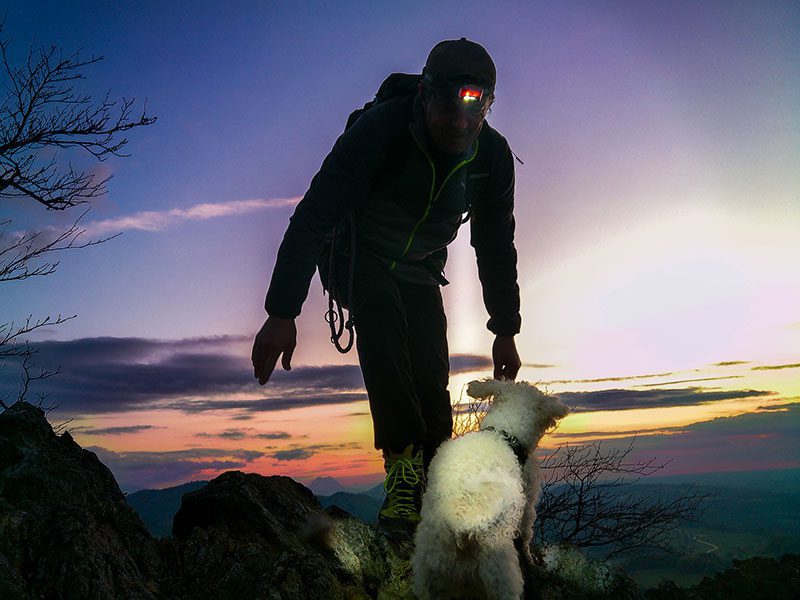How to Choose the Right Base-Layer for Your Mountain Adventure
Hello and „hello „Servus“ from the austrian Alps (more precisely: from the Salzkammergut 😉 ) to my Baselayer experiences, tips and useful information
Are you ready for another adventure in the mountains? Whether you have your four-legged companion with you or not, one thing is certain:
The right clothing is the key to a successful and enjoyable day in nature.
Today, I want to talk to you about an often underestimated but extremely important part of your outdoor or mountain equipment: the Baselayer.
How do you choose the right base-layer that keeps you dry, warm in winter, and always comfortable, whether you’re ascending or in the evening chill?
Let’s Dive into the World of Functional Underwear or Thermal Base-Layer
Links witdh [*] or Amazon Icon are Ads
Gear and equipment reviews for mountain tours and hikes
Baselayer experiences basics: Why is the Base-Layer So Important?
Before we delve into choosing the right base-layer, let’s understand the importance of the base-layer.
The base-layer forms the foundation of your clothing system—specifically, your ideal layering system—and has the crucial task of wicking sweat away from your body to keep you dry.
Whether you’re out with or without your dog, proper moisture management is key to preventing overheating or getting too cold.
Ideal Materials: Merino Wool or Synthetic Fibers?
Here, we often face the first decision. Merino wool or synthetic fibers? Both materials have their pros and cons.
Nature enthusiasts among you will love merino wool. It’s soft, natural, and odor-resistant. This means you’ll still smell fresh even after a strenuous ascent.
Moreover, merino wool keeps you warm in cold weather and cools in heat.
Synthetic fibers, like polyester, are known for their quick drying time and durability. They efficiently wick moisture away and are often more affordable than merino wool.
If you’re in very wet conditions, synthetic materials might be the better choice.
The Right Fit for Your Base-Layer
Whether you choose merino wool or synthetic fibers, the fit is crucial.
The base-layer should snugly fit your body to optimize moisture wicking. But be cautious; it shouldn’t be too tight to restrict movement.
Remember that you wear the base-layer directly on your skin, so it should feel comfortable.
Some of my personal Baselayers (to the Details)
- Mens Winter Thermal Underwear – Stay Warm and Stylish with WINDCHASER*
- Merino Icebreaker Base Layer: Comfort and Performance in Cold Weather*
- Outdoor Walking Socks Merino – Stay Warm and Comfortable*
- T-shirts for Hiking Experiences: Salewa Puez Dry – A Reliable Choice*
- Trousers for Hiking Experiences – RevolutionRace RVRC GP Pants*
Layering Your Clothing
Now that you’ve chosen the base-layer, it’s crucial to understand how it fits into your overall clothing system.
The base-layer is the first layer and should wick moisture away from your body.
Above it, add insulation and outer layers, depending on weather conditions. Remember that layers allow you to adapt to changing conditions.
(Y)our Checklist for Your Next Mountain Tour
Share Your Baselayer experiences!
Have you already had experience with the base layer? Which materials do you prefer? Share your thoughts and tips in the comments so that other hikers can also benefit from your knowledge.
And don’t forget to pay attention to the base layer on your next mountain trip – it will keep you dry and happy while you enjoy the beauty of nature.
Now have fun out there, stay dry and as always: stay on the trail!
Gear and equipment reviews for mountain tours and hikes
Tips, Experiences, and Knowledge for Mountain Tours and Hiking








